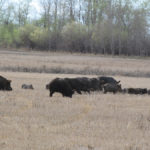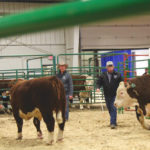Canadian Western Agribition is contributing $100,000 over the next decade to the University of Saskatchewan’s Livestock and Forage Centre of Excellence (LFCE), the largest and most comprehensive centre of its kind in Canada. The funding partnership will see Agribition sponsor the annual field day for producers at the new research facility in Clavet, Sask., as […] Read more













